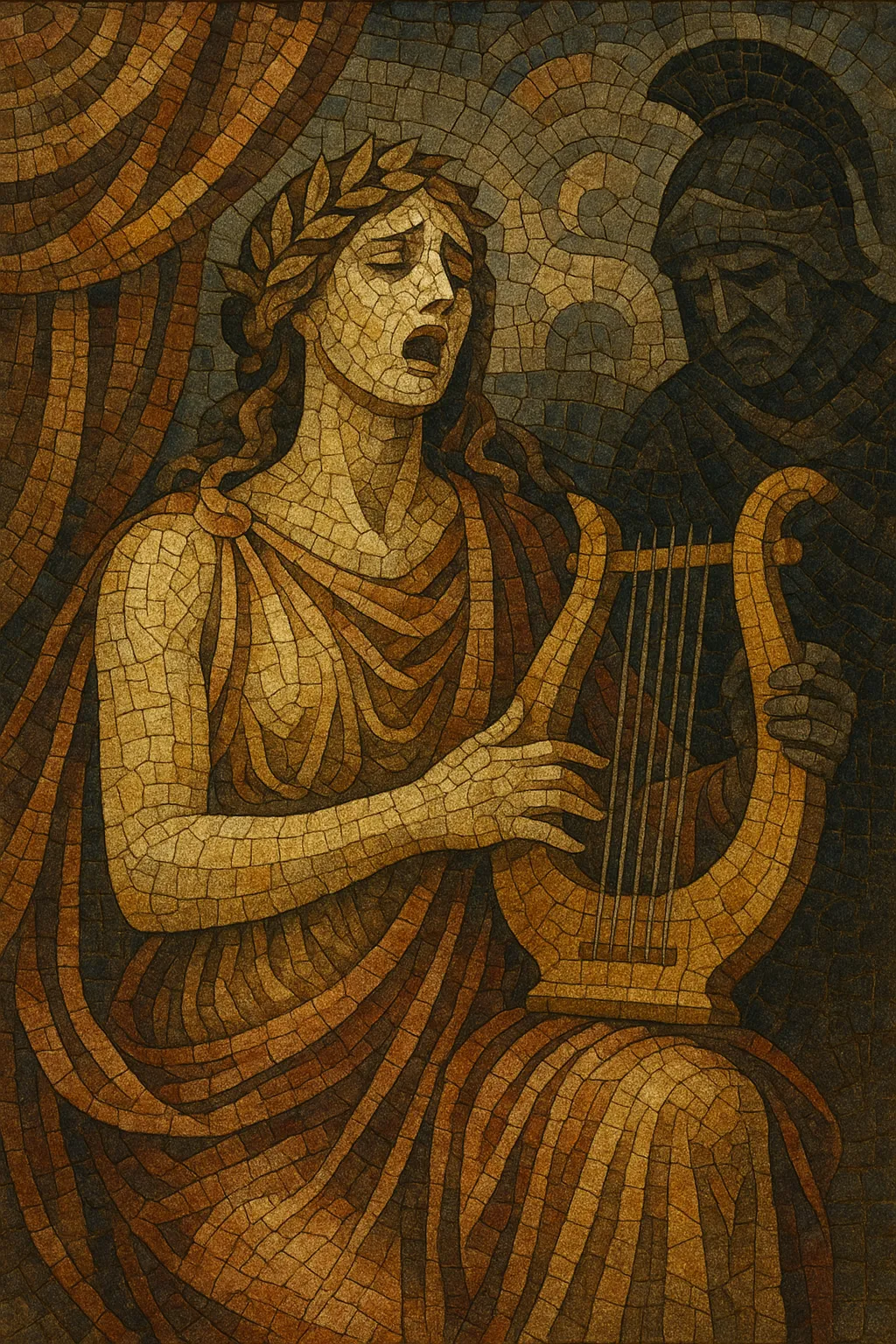Tragédie en musique (also called tragédie lyrique) is a French Baroque operatic genre forged at the court of Louis XIV by composer Jean-Baptiste Lully and librettist Philippe Quinault.
It blends a solemn, heroic or mythological subject with a distinctive five-act plan plus a ceremonial prologue, abundant choral writing, instrumental interludes, and elaborate danced divertissements. The music features the French overture (majestically dotted rhythms), supple French récitatif tailored to the nuances of the language, brief airs rather than showpiece arias, and rich orchestral colors shaped by a five-part string band and basso continuo.
Its overall aesthetic is one of noble declamation, dramatic clarity, and courtly spectacle—where text, dance, chorus, and stagecraft combine into a unified theatrical experience.
Under Louis XIV, the royal monopoly of the Académie Royale de Musique enabled Jean-Baptiste Lully and librettist Philippe Quinault to codify a distinctly French answer to Italian opera. With Cadmus et Hermione (1673) and subsequent works, they established the model: a prologue praising the monarch, five acts of serious mythological or heroic drama, French overture, récitatif shaped by French prosody, and integrated ballet and chorus derived from the older ballet de cour and comédie-ballet.
Across operas like Alceste, Atys, Thésée, and Armide, Lully fixed the genre’s conventions: noble declamation over continuo, short lyrical airs, large choruses, and danced divertissements that punctuate acts. The Lullian orchestra—the five-part string band with continuo, complemented by oboes, bassoons, and occasional trumpets and timpani—became a hallmark.
Lully’s pupils and contemporaries kept the tradition vibrant. Pascal Collasse, Henri Desmarest, and Marc-Antoine Charpentier (notably Médée, 1693) extended the palette, while Marin Marais (Alcyone) and André Campra contributed their own tragedies alongside opéra-ballets. The balance between declamation, chorus, and dance remained central.
Jean-Philippe Rameau revitalized the form with Hippolyte et Aricie (1733), Castor et Pollux, and Dardanus, enriching harmony, orchestration, and dramatic intensity. His works stirred aesthetic debates (e.g., the Querelle des Bouffons) but confirmed the tragédie en musique as the grand French tragic stage form, even as opéra-ballet and opéra comique rose in popularity.
Changing tastes and Gluck’s reform operas in Paris reframed French serious opera. While the strict Lullian model waned, its DNA—noble declamation, integrated dance/chorus, and ceremonial grandeur—fed later French operatic genres, especially opéra-ballet and 19th‑century grand opéra, and left a lasting imprint on European stagecraft and orchestral style (not least through the influential French overture).


